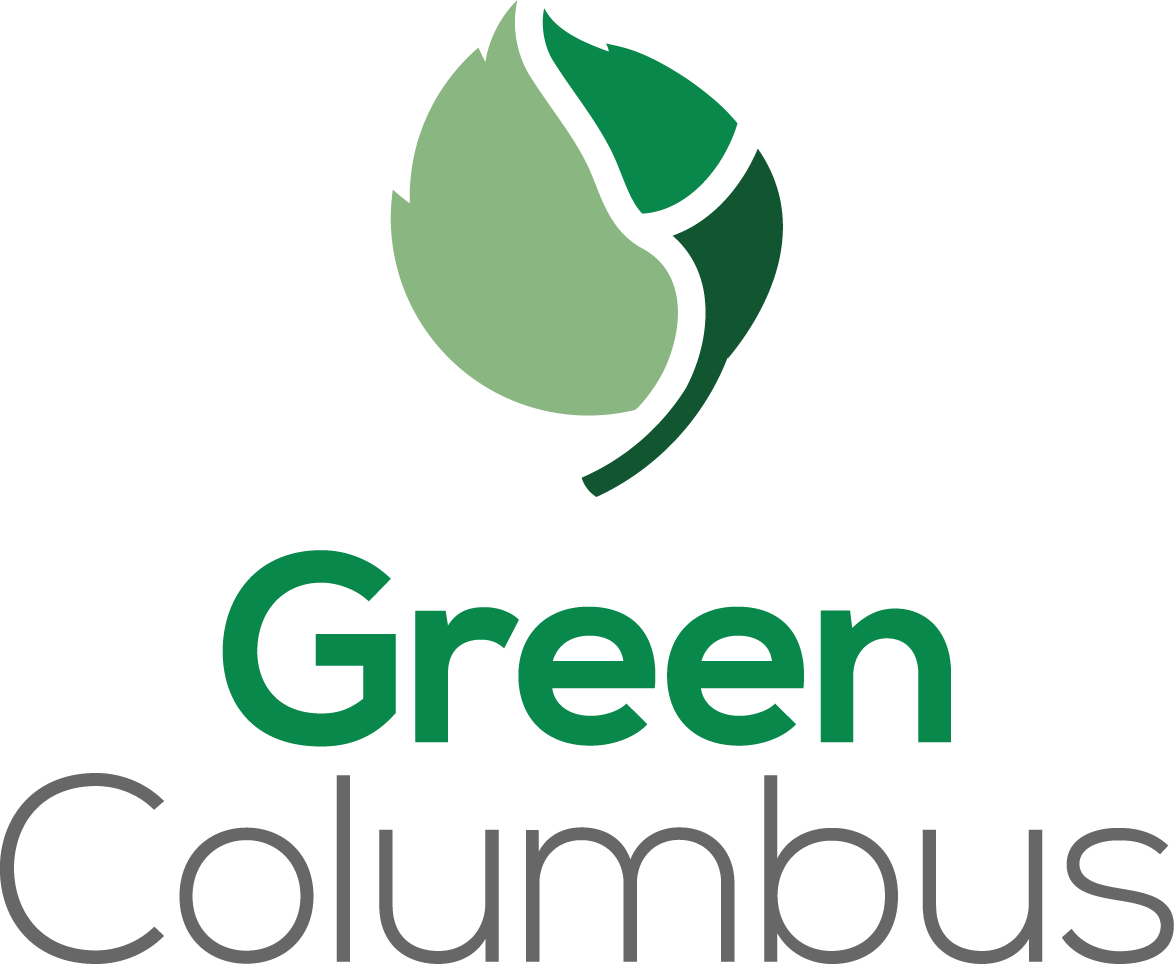How Trees Help With Extreme Heat in Central Ohio
It’s hot in Ohio, and it’s only getting hotter. Of 60 major U.S. cities, Columbus is the fastest-growing and eighth-largest urban heat island. This means that central Ohioans can expect an additional three to seven weeks of 90-plus degree days by 2050.
Urban heat islands are urbanized areas that experience higher temperatures than outlying areas because man-made infrastructure absorbs and re-emits the sun’s heat more than natural landscapes. The urban heat island effect has widespread implications for both people and the economy, increasing energy consumption (e.g. for air conditioning), air pollution levels, and heat-related morbidity and mortality.
The recent heat is one of the major extreme weather events resulting from climate change. Extreme heat is incredibly dangerous, killing more Americans than any other weather event — it negatively impacts the brain, heart, lungs, skin, and kidneys and eventually leads to heat exhaustion and heat stroke.
Luckily, an effective way to mitigate the urban heat island effect is to increase the presence of green spaces and tree coverage, incorporating more nature into urban areas. Unfortunately, as a result of redlining and historic disinvestment in communities of color, the tree canopy in Franklin County is not equitable; wealthy communities often have many trees while low-income communities have almost no trees at all. Cities like Upper Arlington, Worthington, and Gahanna have excellent tree equity scores (high 80s - 100), while communities in south and west Columbus have inequitable tree coverage (mid 50s - 80), sometimes experiencing temperatures up to 13℉ higher than the surrounding areas.
The health impacts of this heat are immense and disproportionate, as previously redlined environments contain unsafe industrial areas with an abundance of pollution and heat-absorbing materials. The practice of redlining began during the Great Depression when the Home Owners’ Loan Corporation (HOLC) created maps color-coded by the associated risk of supplying a mortgage — the riskiest areas marked in red. These areas were primarily ones with people of color, so HOLC lending patterns in the 1930s reinforced and entrenched pre-existing segregation. As a result, residents of redlined areas were unable to obtain mortgages, concentrating poverty in communities of color for generations. Although the Fair Housing Act of 1968 sought to remedy the harm caused by redlining, it’s clear that the effects still endure. These policies created the structure in which our environment was built, influencing things as simple as the location of a tree. The Environmental Protection Agency (EPA) reported that non-Hispanic Black and African American individuals have higher rates of heat-related deaths than the general population, proving the need for environmental justice in climate conversations.
Climate, Adaptation, Planning, Analytics (CAPA) Strategies’ Columbus Heat Watch Report 2022, Afternoon Area-Wide Predictions (3-4 PM)
But how can we stay cool as we wait for trees to grow? There are some things you can do to maximize your air conditioner's effectiveness. Most air conditioners in the US are designed to keep indoor temperatures about 20 degrees cooler than outside, which poses a problem when temperatures break 100 degrees. An NPR article recommends leaving the thermostat alone at your desired temperature, cleaning filters and coils, turning off heat producing appliances, using a ceiling fan, and cooling down the house at night as much as possible.
Another thing you can do is plant a tree that will shade your house as temperatures continue to rise. Each fall, Green Columbus distributes trees to Columbus residents for no cost. These trees are all large canopy native species chosen to maximize shade, ecological benefits, and climate change mitigation. Residents located within the Columbus Metro Area can reserve a free tree on our website starting August 1st!
As we start to experience hotter and hotter temperatures, it is imperative that we take action, prioritizing equity and creating thriving communities. Join Green Columbus in our mission to improve equitable environmental outcomes for the people of Central Ohio.





